
50 Basic SSB Questions on Indian Army with Answers
Basic SSB Questions on Indian Army with Answers
Candidates preparing for the defence exams like NDA, CDS, AFCAT, MNS and others must know the basic questions related to the Indian Armed Forces that are generally asked while appearing for the SSB Interview. Thus, to help SSB aspirants, we have come up with 50 basic SSB Questions on Indian Army with answers. Some of the most common questions that are usually asked are listed below.
Name a few public-sector companies involved in defence armaments.
Answer: Munitions India Limited (MIL); Armoured Vehicles Nigam Limited (AVANI); Advanced Weapons and Equipment India Limited (AWE India); Troop Comforts Limited (TCL) (Troop Comfort Items); Yantra India Limited (YIL); India Optel Limited (IOL) and Gliders India Limited (GIL).
Where is the Indian Army’s headquarters located?
Answer: The land-based branch of the armed forces is the Indian Army, which makes up the majority of the Indian Defense Services. The Chief of Army Staff is in charge of it, and its headquarters are in New Delhi.
How many field marshals have been appointed so far?
Answer: So far, only two Indian Army officers have received the title of field marshal. In the Indian Army, the Field Marshal rank, which is a five-star general officer rank, is the absolute maximum position. Sam Manekshaw received the title of field marshal on January 1, 1973, becoming India’s first field marshal. The rank was given to Kodandera M. Cariappa on January 15, 1986, making him the second recipient.
Who was the Indian Army’s first Param Vir Chakra recipient?
Answer: The first recipient of the Param Vir Chakra (PVC), the highest military decoration in India, was Major Somnath Sharma. He received the honor posthumously.
What are the different types of gallantry awards granted to army personnel?
Answer: The Government of India instituted the Gallantry Awards to honor the heroism and sacrifice of the personnel of the Indian Armed Forces. The Indian Army’s highest gallantry honor is the Param Vir Chakra. In addition to this honor, India also bestows the Maha Vir Chakra, Vir Chakra, Ashoka Chakra, Kirti Chakra, and Shaurya Chakra on its bravery awardees.
What does the Defence Investiture Ceremony mean, briefly?
Answer: In collaboration with the President’s Secretariat, the Ministry of Defence (MoD), Government of India organizes the Defense Investiture Ceremonies at Rashtrapati Bhawan for the granting of bravery and distinguished service medals to Indian Armed Forces personnel.
Tell me about some of the Indian Army’s oldest regiments.
Answer: Some of the oldest regiments in the Indian Army are the Punjab Regiment, Jat Regiment, Rajput Regiment, and Kumaon Regiment.
Tell me where each of the Indian Army’s commands is located.
Answer: Refer to the table below to know the commands of the Indian Army.
| S. No. | Commands | Headquarters |
| 1. | Central Command | Lucknow |
| 2. | Eastern Command | Kolkata |
| 3. | Northern Command | Udhampur |
| 4. | Southern Command | Pune |
| 5. | South Western Command | Jaipur |
| 6. | Western Command | Chandimandir |
| 7. | Army Training Command | Shimla |
Tell me about some of the recent defence contracts signed by the Indian Army.
Answer: In an effort to promote “Aatmanirbhar Bharat” (self-reliant India), the Ministry of Defence has inked more than 180 agreements with Indian businesses, placing emphasis on a fresh push for domestic defence equipment production. The Ministry of Defence has set a goal to reach a revenue of Rs 1.75 lakh crore in aerospace and defence goods and services by 2024 under the “Make in India” initiative. The Indian Army recently signed its first contract for Rs 96 crore with Anadron Systems Pvt Ltd under Make-II for Maneuverable Expendable Aerial Target, which represents a significant step toward establishing self-reliance in the defence sector.
Tell me the names and locations of the Indian Army’s training academies.
Answer: Some of the prominent defence training academies in India are as follows:
- Indian Military Academy (IMA), Dehradun
- Officers Training Academy, Chennai
- National Defence Academy (NDA) Khadakwasla
- Army Medical Corps (AMC) Center and School, Lucknow
- Army Cadet College (ACC), Dehradun
- National Defence College (NDC) New Delhi
- Defence Services Staff College (DSSC), Wellington
- Military Institute of Technology (MILIT), Pune
- High Altitude Warfare School (HAWS), Gulmarg
- Armoured Corps Center and School (ACCS), Ahmednagar
- Army Air Defence College (AADC), Gopalpur
- College of Military Engineering (CME), Pune
- Military College of Telecommunication Engineering (MCTE), Mhow
What are some of the Indian Armed Forces’ gallantry awards?
Answer: The Gallantry Awards were established by the Indian government to recognise the bravery and sacrifice of the troops of the Indian Armed Forces. The Param Vir Chakra is the highest gallantry award given by the Indian Army. India also awards its bravery award recipients the Maha Vir Chakra, Vir Chakra, Ashoka Chakra, Kirti Chakra, and Shaurya Chakra in addition to this distinction.
What distinguishes the Line of Control (LOC) from the Line of Actual Control (LAC)?
Answer: The Line of Actual Control (LAC) is a boundary that is not clearly delimited between India and China, similar to Aksai Chin, whereas the Line of Control (LOC) is a defined, militarily designated barrier that divides parts of India and Pakistan.
Why does the Union of India consider Siachen Glacier to be a key region?
Answer: Since it serves as a connector for the Shaksgam Valley, Karakoram Pass, and Aksai Chin, Siachen has strategic value for India, Pakistan, and even China. Therefore, retaining Siachen is essential for India to stop infiltration from both Pakistan and China.
What specifically does the Indian Army’s infantry imply?
Answer: The infantry consists of ground troops that fight the enemy at close range. To confront and eliminate opposing ground forces, they use equipment and firearms. The Indian Army’s main arm is the infantry, just like all other armies around the world. This position is often regarded as the one in the military that is both physically and mentally the most demanding.
Give a brief explanation of the Indian Armed Forces’ Integrated Theater Commands.
Answer: The Indian Armed Forces’ Integrated Theater Commands are different standards of cooperation and inter-service collaboration amongst the armed services of the Indian Armed Forces. Tri-service structures like the Integrated Defence Staff help to develop cooperation and integration. The appointment of a Chief of Defence Staff (CDS) in January 2020 was viewed as a crucial step toward the indigenous collaborative operations of the Indian Armed Forces.
How much do you know about the Delhi-based National War Memorial?
Answer: A national memorial commemorating and remembering Indian military personnel who took part in various battles is referred to as the National War Memorial. On the memorial walls are written in gold letters, the names of military personnel who sacrificed their lives in the wars with Pakistan and China. The Indian government constructed this memorial, which spans 40 acres of land, close to India Gate in New Delhi.
Why the Indian Army over other services, in your opinion?
Answer: The Indian Army, in my opinion, is not a career option but rather an opportunity to work to defend the integrity and sovereignty of the country against other foes that frequently assault it. In addition, the Indian Army provides the best environment, even better than that of any other profession, in addition to outstanding pay and benefits. The Indian Army has it all, including social contact, the best clubs, medical services, and a variety of options for adventure and sports.
Describe a few recent military exercises in which the Indian Army took part.
Answer: Refer to the below table to learn more about various military exercises.
| Name of the Exercise | Participants |
| Vajra Prahar | India and United States |
| Yuddh Abhyas | India and United States |
| Garuda Shakti | India and Indonesia |
| Varuna | India and France |
| Sampriti | India and Bangladesh |
| Khanjar | India and Kyrgyzstan |
| Nomadic Elephant | India and Mongolia |
| Shakti Exercise | India and France |
| Indra | India and Russia |
| SIMBEX (Singapore India Maritime Bilateral Exercise) | India and Singapore |
| Dharma Guardian | India and Japan |
| Mitra Shakti | India and Sri Lanka |
| Surya Kiran | India and Nepal |
| Maitree Exercise | India and Thailand |
What is your understanding of INSAS?
Answer: Infantry weapons belonging to the INSAS, or Indian Small Arms System, group include an assault rifle and a light machine gun. For almost three decades, the Indian Armed Forces’ infantry preferred weapon was the INSAS assault rifle.
Give me the Indian army’s officer ranks, starting with lieutenant.
Answer: Refer to the section to learn more about the ranks in the Indian Army from top to bottom level of hierarchy.
- General
- Lieutenant General
- Major General
- Brigadier
- Colonel
- Lieutenant Colonel
- Major
- Captain
- Lieutenant
What distinguishes a regiment from a battalion?
Answer: A regiment is a composition of military forces that may include battalions, which are subordinate fighting divisions. Each regiment consists of battalions, significant groupings of soldiers prepared for combat. A battalion is a type of military unit that is separated into several companies and normally consists of 300 to 1,000 combatants.
Which constitutional article limits the fundamental rights of army personnel?
Answer: According to Article 33 of the Indian Constitution, Parliament may pass laws limiting fundamental rights to the degree that they apply to armed forces personnel or the forces responsible for maintaining public order. This article’s goal is to guarantee that they carry out their obligations appropriately and uphold internal discipline.
Where is the Indian Army’s Central Command located?
Answer: One of the Indian Army’s seven operational commands, the Central Command is headquartered in Lucknow, Uttar Pradesh.
The Indian Army has how many commands?
Answer: Seven commands make up the operational and geographic division of the Indian Army.
Tell me the Indian army’s rank order beginning with sepoy.
Answer: Refer to the table below to learn more about the ranks in the Indian Army.
| Junior Commissioned Officers & Other Ranks |
| Subedar Major |
| Subedar |
| Naib Subedar |
| Havildar |
| Naik |
| Lance Naik |
| Sepoy |
Who served as the Indian Armed Forces’ first Chief of Defence Staff (CDS)?
Answer: A four-star general of the Indian Army, General Bipin Rawat was an Indian military officer. He led the Indian Armed Forces as their first Chief of Defence Staff (CDS) from January 2020 until his demise in a helicopter crash in December 2021.
Tell me about the various Indian Army branches.
Answer: There are various wings of the Indian Army which include Army Air Defence, Army Aviation Corps, the Corps of Engineers, the Corps of Signals, Mechanized Infantry, Army Service Corps, Army Medical Corps, Army Dental Corps and Army Ordnance Corps among others.
What does the Indian Army’s Sena Medal imply?
Answer: Members of the Indian army, regardless of rank, are given the Sena Medal for acts of great bravery or commitment to duty that have distinct significance for the army. It may be given for bravery or for exemplary service rendered by any soldier, even if it is not in the face of an enemy. The Sena Medal is thus also used by the Indian Army as a kind of general appreciation medal.
Who was Sam Manekshaw?
Answer: During the Indo-Pakistani War of 1971, Sam Manekshaw also referred to as Sam Bahadur, served as the Chief of the Army Staff of the Indian Army and was the first Indian Army Army officer to be appointed to the rank of field marshal.
Where is the Indian Army’s Western Command located?
Answer: The Western Command of the Indian Army is located in Chandimandir, Haryana.
Which is the second highest wartime gallantry award in India?
Answer: The Maha Vir Chakra (MVC) is the second highest wartime gallantry award in India which is bestowed for acts of exceptional bravery.
What is the Radcliffe line?
Answer: The Radcliffe Line is the line that separates the borders between India and Pakistan and India and Bangladesh. Its western side is a part of the Pakistan-India border, and its eastern side is the border between Bangladesh and India. It was given the name Radcliffe in commemoration of its architect, Cyril Radcliffe.
Where is the Siachen Glacier located?
Answer: The Ladakh region, which is now a Union Territory, features the Siachen Glacier. It is situated in the Himalayan highlands’ eastern Karakoram range.
What do you know about the Army Aviation Corps?
Answer: The Indian Army’s Army Aviation Corps was established on November 1, 1986, and is commanded by a director-general. The Indian Army’s youngest corps, the Army Aviation Corps (AAC), assists the ground forces by providing aerial support.
What does the Indian Army’s Uttam Yudh Seva Medal (UYSM) imply?
Answer: One of India’s armed services’ distinctions for wartime bravery is the Uttam Yudh Seva Medal (UYSM), which is given for exceptionally heroic actions during operational circumstances such as conflicts, warfare, or combat.
Who is the Indian Army’s Supreme Commander?
Answer: The President of India is the Supreme Commander of the Indian Armed Forces.
What is the name of the Indian Army’s intelligence service?
Answer: The Indian Army’s intelligence service is known as the Defence Intelligence Agency (D.I.A.). It is in charge of supplying and organizing military and defence intelligence to the Indian Armed Forces. It was established in March 2002 and is administered by the Indian government’s Ministry of Defence.
What level in the Navy corresponds to the position of General in the Indian Army?
Answer: The highest active rank in the Indian Navy is that of Admiral, which is a four-star naval commissioned officer. As a result, we can conclude that the rank of Admiral in the Navy is equivalent to the position of General in the Indian Army.
Describe the command structure of the Indian Army.
Answer: Six operational commands and one training command are operated by the Indian Army. General Officer Commanding-in-Chiefs with the rank of Lieutenant General are in charge of each command. Each command submits its own report to the Army Headquarters in New Delhi. Additionally, Shimla is home to the Army Training Command, abbreviated as ARTRAC.
What distinguishes the Indian Army from the Territorial Army?
Answer: Part-time volunteers make up the Territorial Army, an ancillary military force that supports the Indian Army. The Territorial Army is a branch of the regular army, and its current responsibilities include relieving the regular army of static tasks, assisting civil administration in the event of natural disasters, and maintaining key services when the living conditions of communities are threatened.
What purpose do para special forces serve in the Indian army?
Answer: The Indian Army’s Para Special Forces are a combination of special forces battalions of the Parachute Regiment that engage in a diverse range of missions, including rescue missions, counterterrorism, special surveillance, and counterinsurgency. Special operations, collective action, hostage release, counterterrorism, special reconnaissance, seek and destroy, and personnel recovery are a few of the tasks assigned to the force.
What does the Siachen Glacier mean for India?
Answer: Since it serves as a gateway for the Shaksgam Valley, Karakoram Pass, and Aksai Chin, Siachen Glacier takes strategic importance for India, Pakistan, and even China. Therefore, retaining Siachen is essential for India to stop entry from both Pakistan and China. By acting as a barrier between Pakistan-occupied Kashmir and China, the Siachen glacier’s Saltoro Ridge prohibits the two countries from developing direct military ties in the region. Siachen also functions as a watchtower, enabling India to keep a close eye on the Pakistani provinces of Gilgit and Baltistan.
What is the AFSPA?
Answer: The Armed Forces (Special Powers) Act (AFSPA) is an enactment of the Indian Parliament which provides the Indian Armed Forces with special authority to uphold security in violent areas.
What is the Indian Army’s motto?
Answer: The motto of the Indian Army is ‘service before self’ – सेवा परमो धर्म:
What day is celebrated as Indian Army Day?
Answer: The Army Day is celebrated on 15 January every year in India.
What distinguishes the artillery from the infantry?
Answer: The reach and effectiveness of artillery launchers are significantly greater than those of infantry weapons, making them a class of massive military ranged weapons. The term “artillery” actually means any unit of soldiers equipped largely with armored or manufactured weaponry. While infantry is a military specialization that operates on foot on the ground, light infantry, mountain infantry, mechanized & armored infantry, naval infantry or marines, and airborne infantry are the main types of infantry.
What are some of the Indian Army’s distinguished service medals?
Answer: There are various categories of distinguished service medals which include wartime distinguished service medals and peacetime distinguished service medals.
Wartime Distinguished Service Medals
- Sarvottam Yudh Seva Medal (SYSM)
- Uttam Yudh Seva Medal (UYSM)
- Yudh Seva Medal (YSM)
Peacetime Distinguished Service Medals
- Param Vishisht Seva Medal (PVSM)
- Ati Vishisht Seva Medal (AVSM)
- Vishisht Seva Medal (VSM)
Which companies make the arms and ammunition for the Indian Army?
Answer: The following are major manufacturers of weapons and ammunition for the Indian Army.
- Munitions India Limited (MIL)
- Troop Comforts Limited (TCL)
- Advanced Weapons and Equipment India Limited (AWE)
- Gliders India Limited (GIL)
- Yantra India Limited (YIL)
- India Optel Limited (IOL)
Tell me about the post-independent battles in which the Indian Army took part?
Answer: The following are the post-independence wars in which the Indian Army participated.
- Indo-Pakistani War of 1947
- Integration of Junagadh (1947)
- Operation Polo (Hyderabad) (1948)
- Annexation of Goa (1961)
- Sino-Indian War of 1962
- Indo-Pakistani War of 1965
- Bangladesh Liberation War (Indo-Pakistani War of 1971)
- Kargil War (1999)
Which country has the longest border with India?
Answer: Bangladesh has the longest border with India because India borders it from the north, the east, and the west.
The SSB Questions on Indian Army mentioned above are commonly asked in SSB interviews and are based on fundamental understanding of the Indian Armed Forces, particularly the Indian Army. Candidates must therefore prepare for these questions as well as any others that may be asked about the Indian Armed Forces. You will be able to present your response more effectively when you appear for the SSB interview if you have already rehearsed these questions.
Comments (2)
-
I am preparing for NDA and got very fruitful information
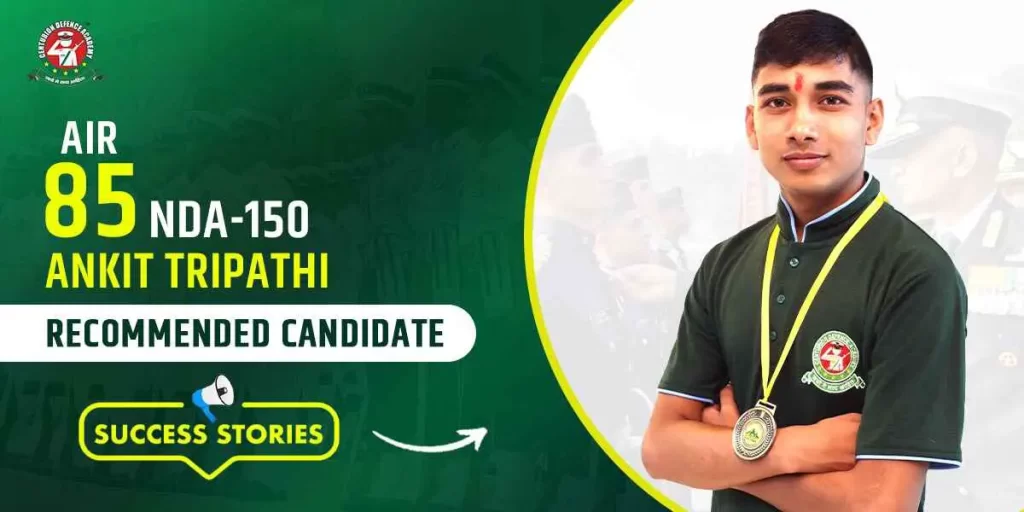

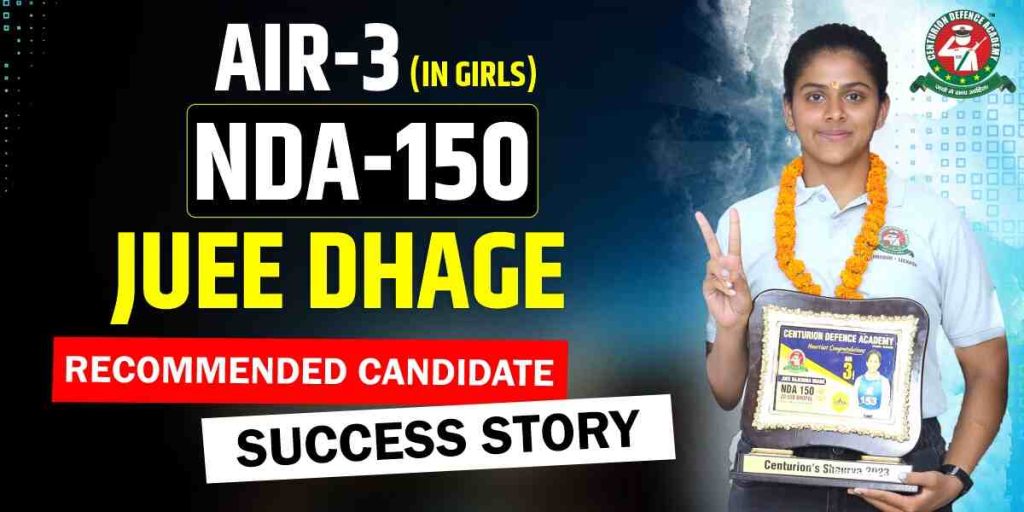
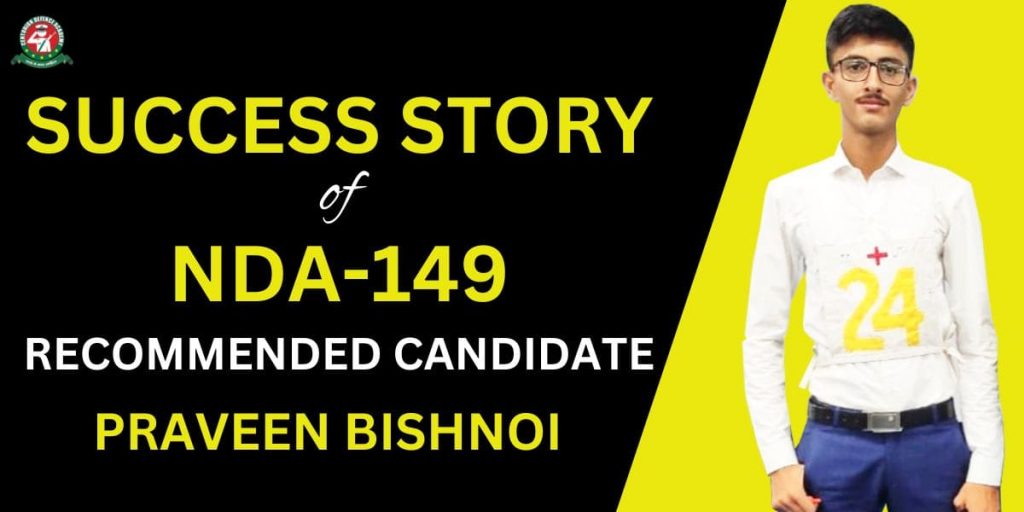





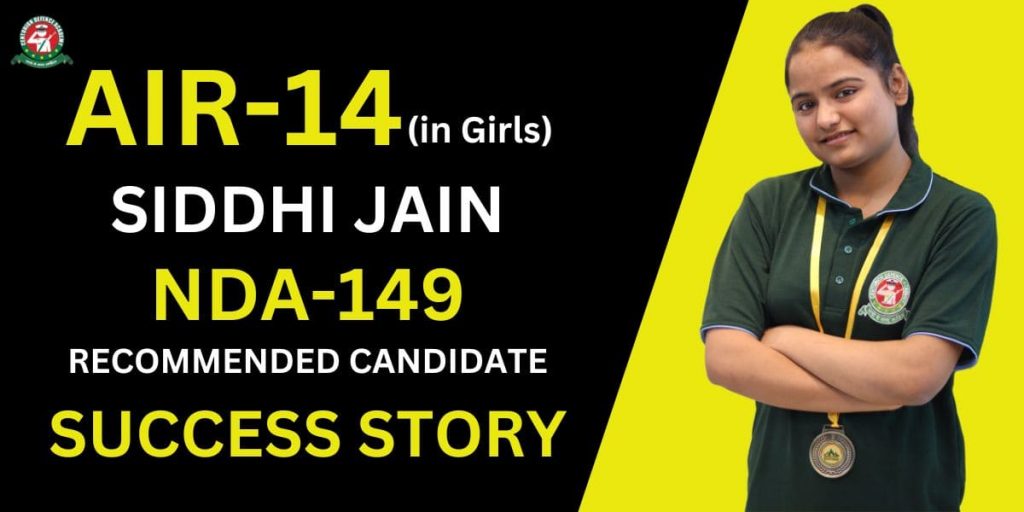
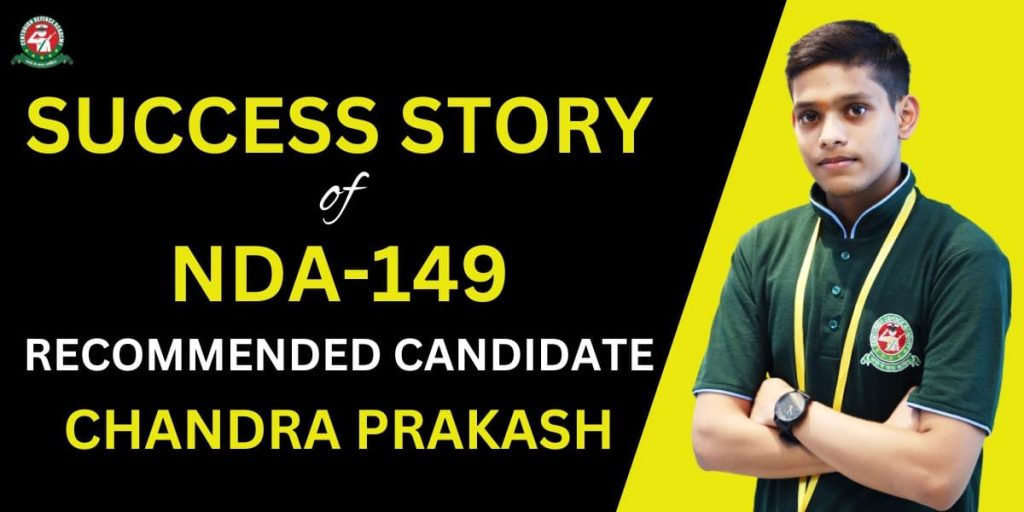

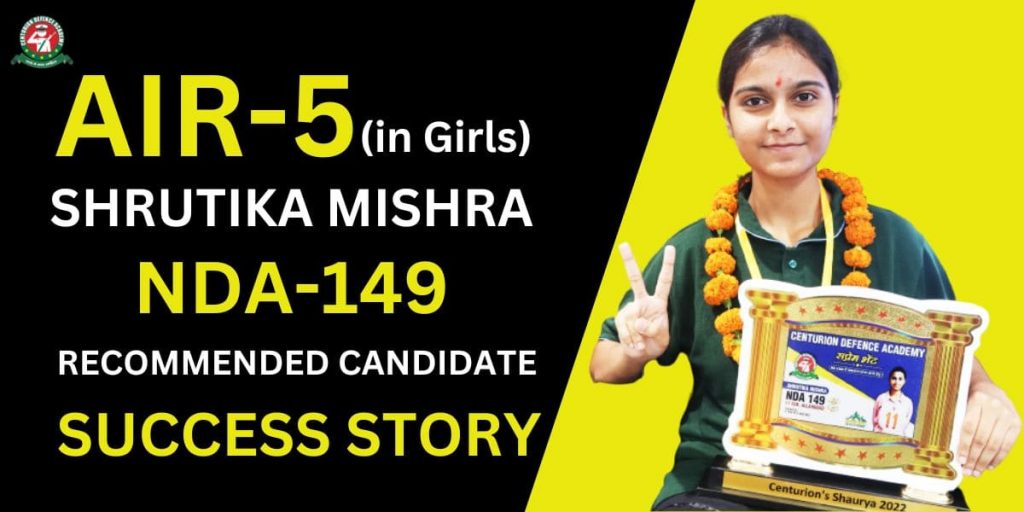
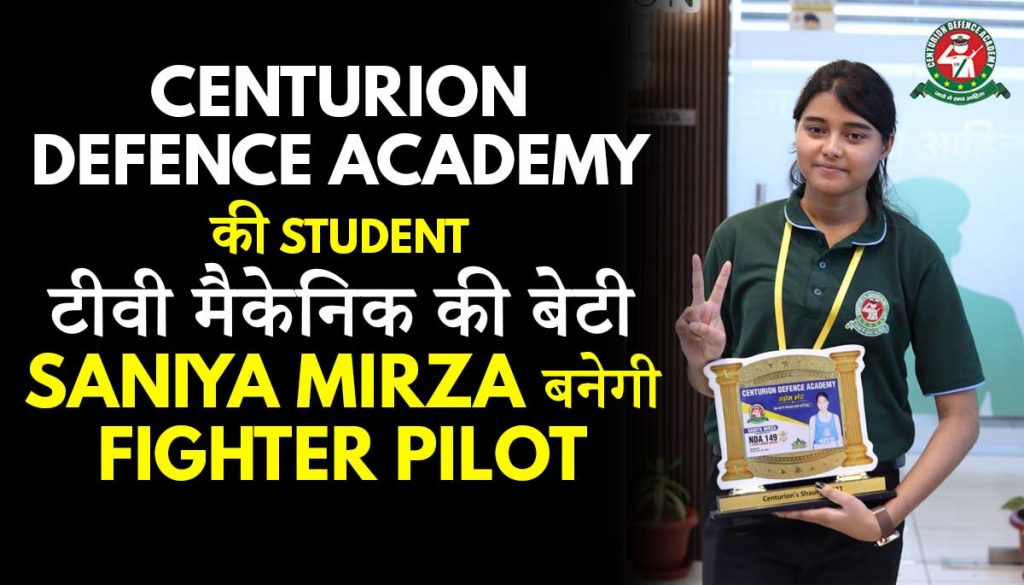
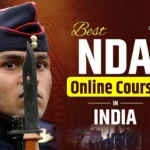
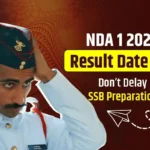

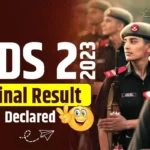
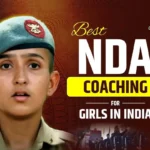




Pera commando join